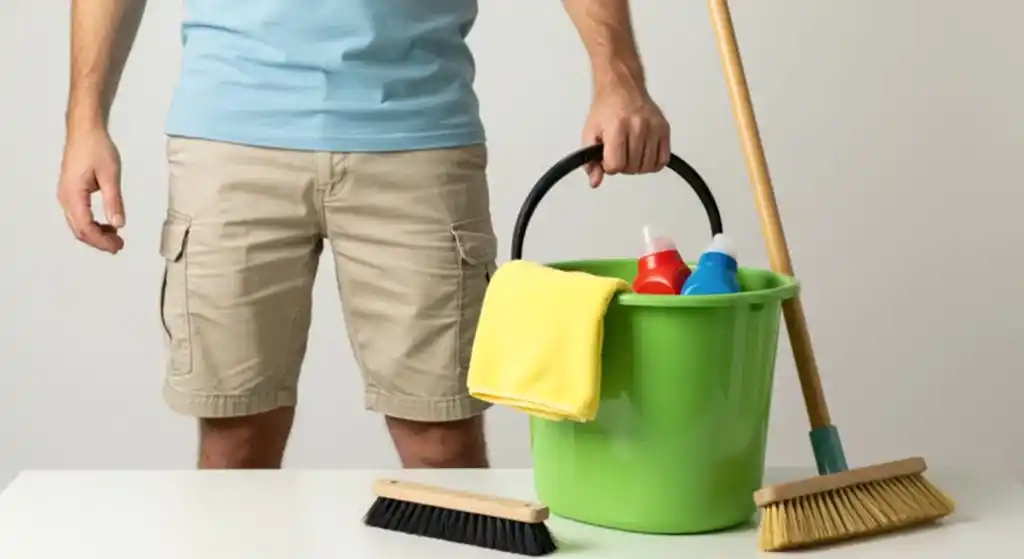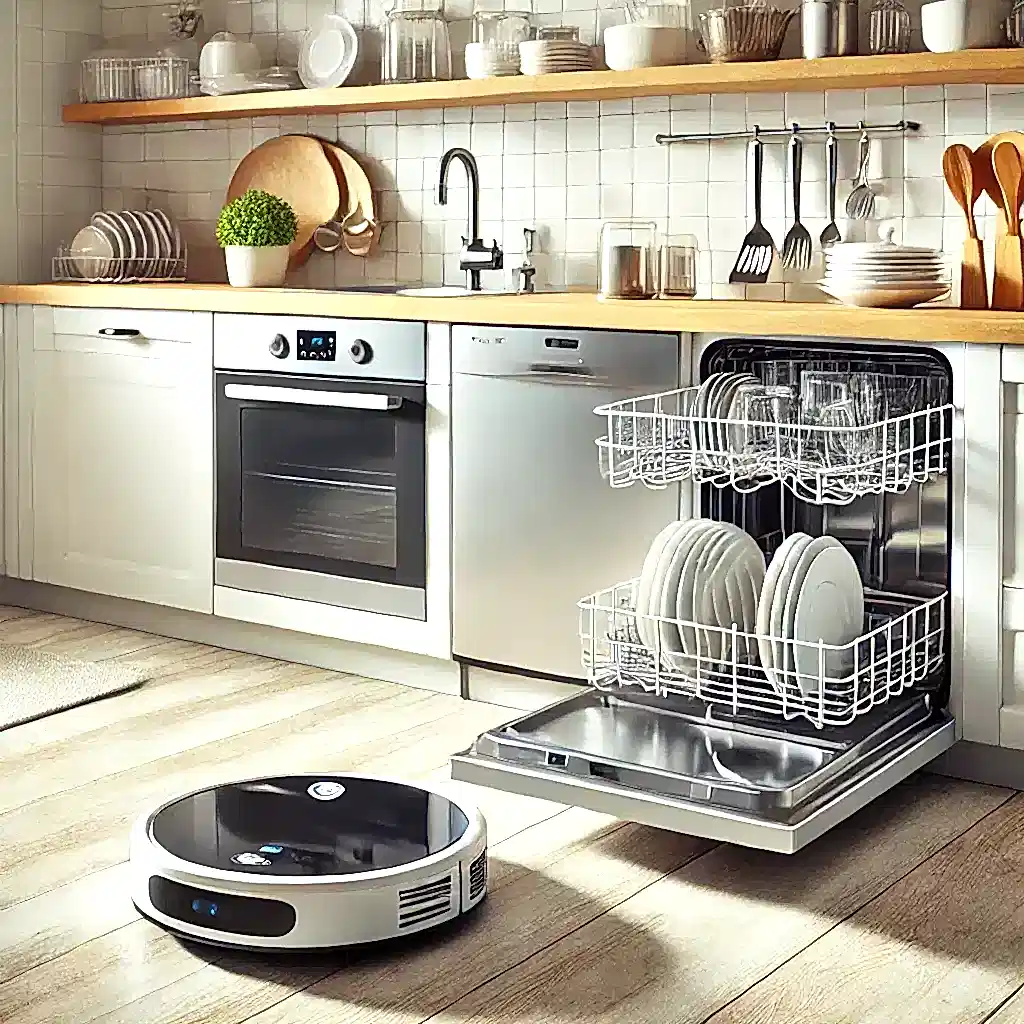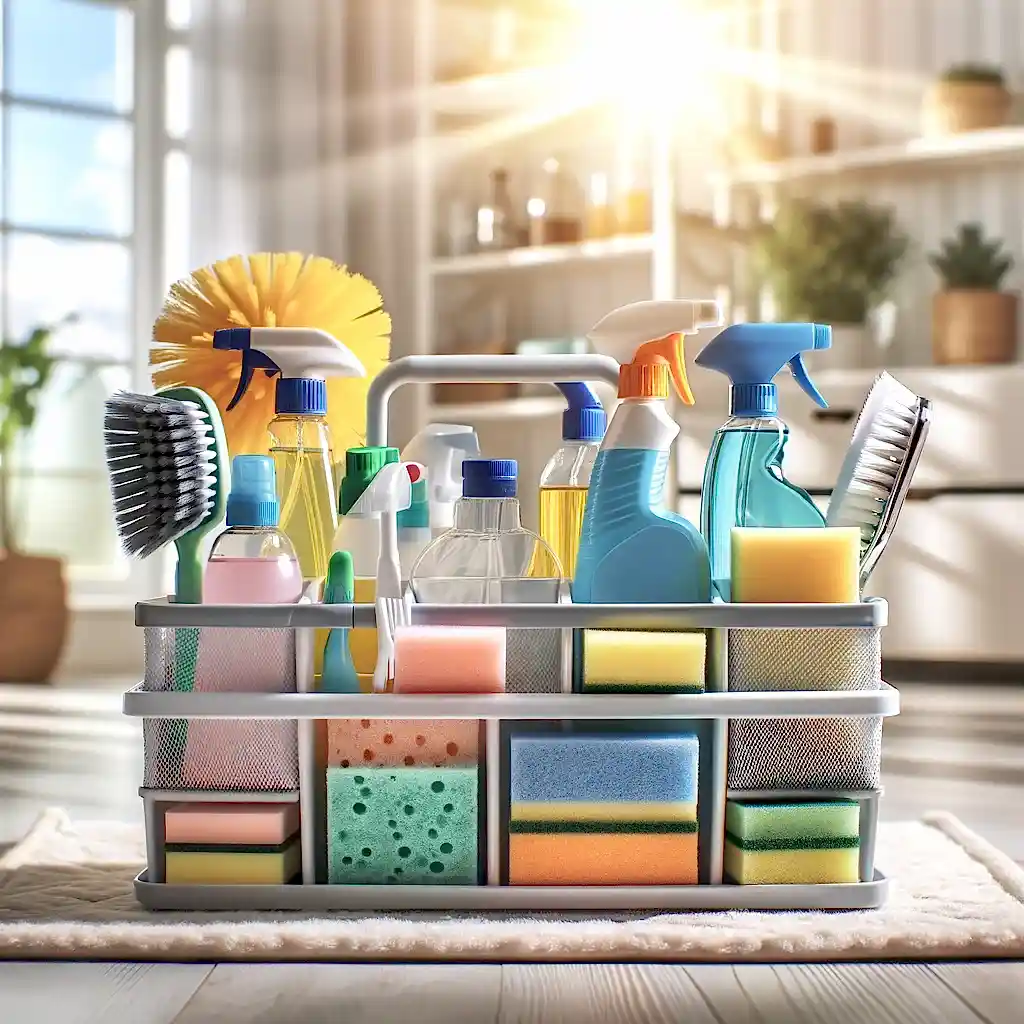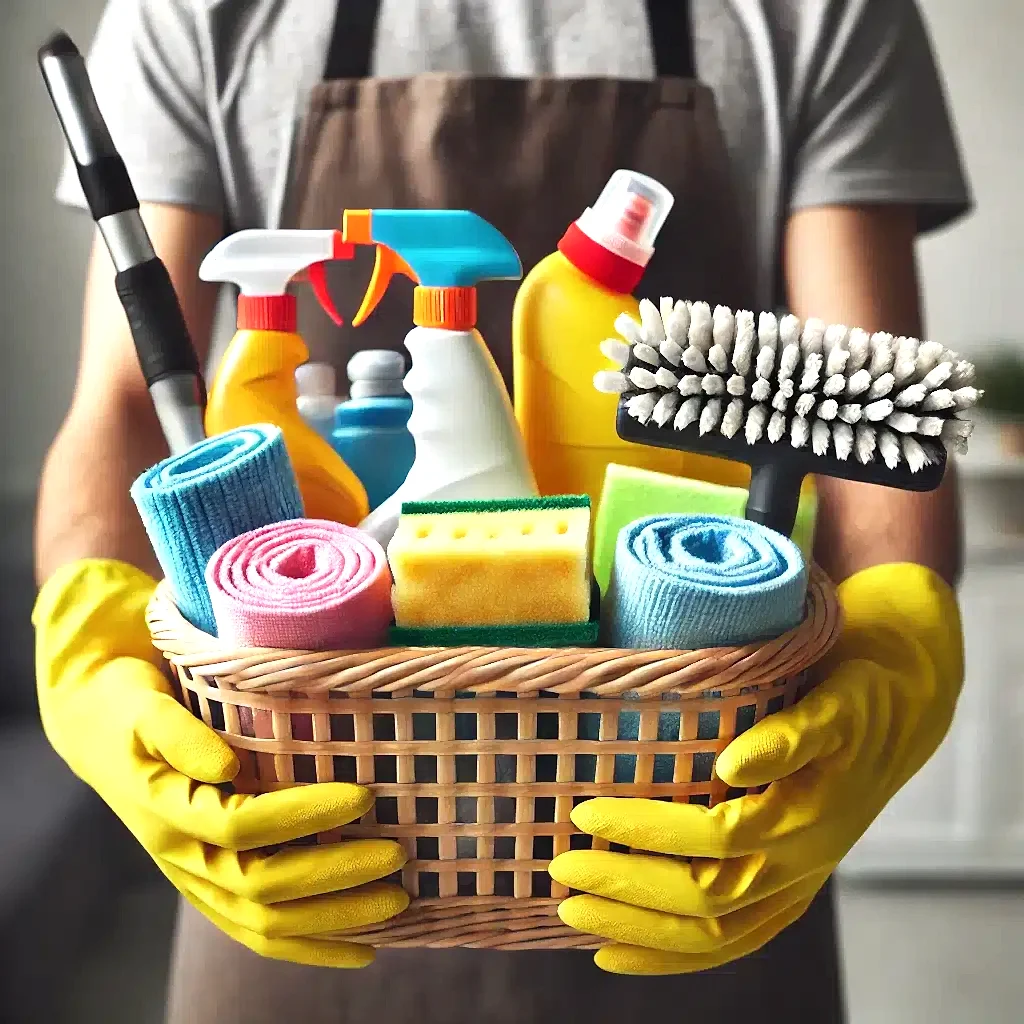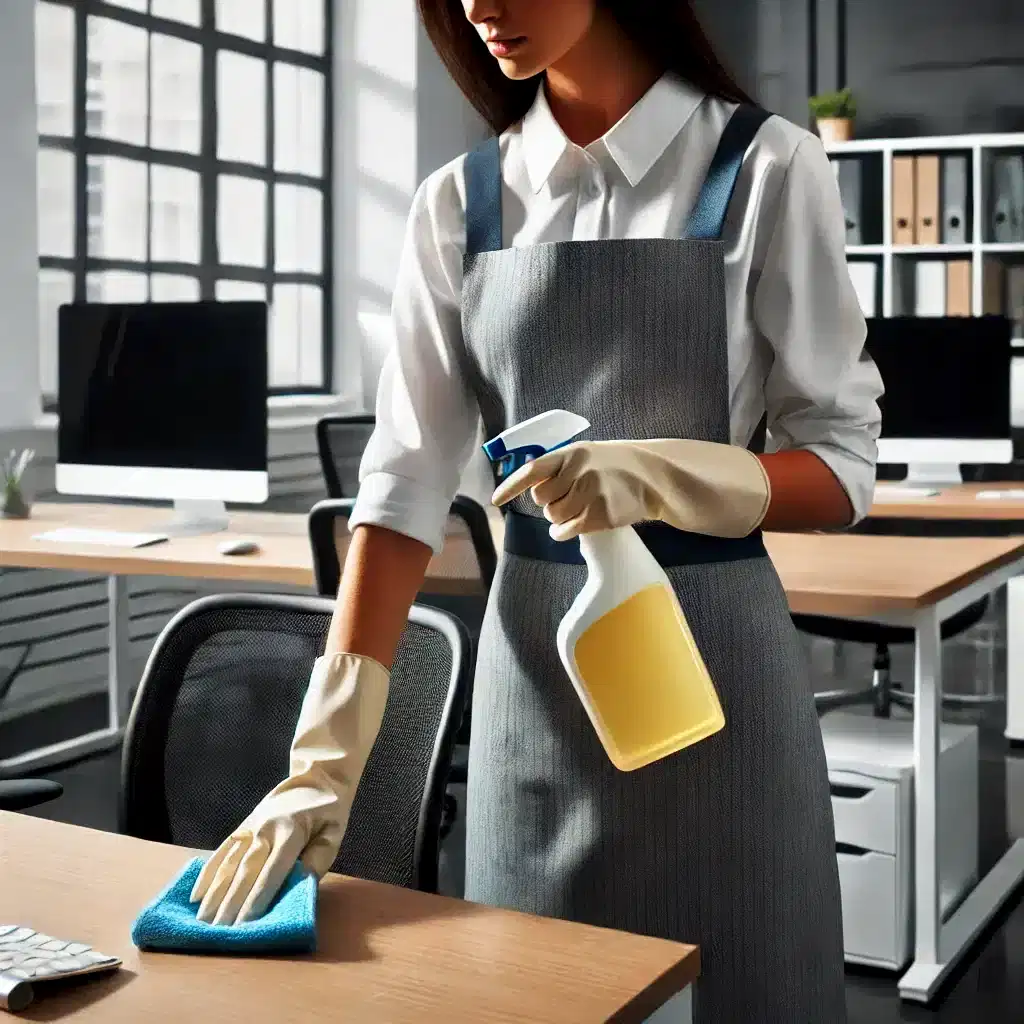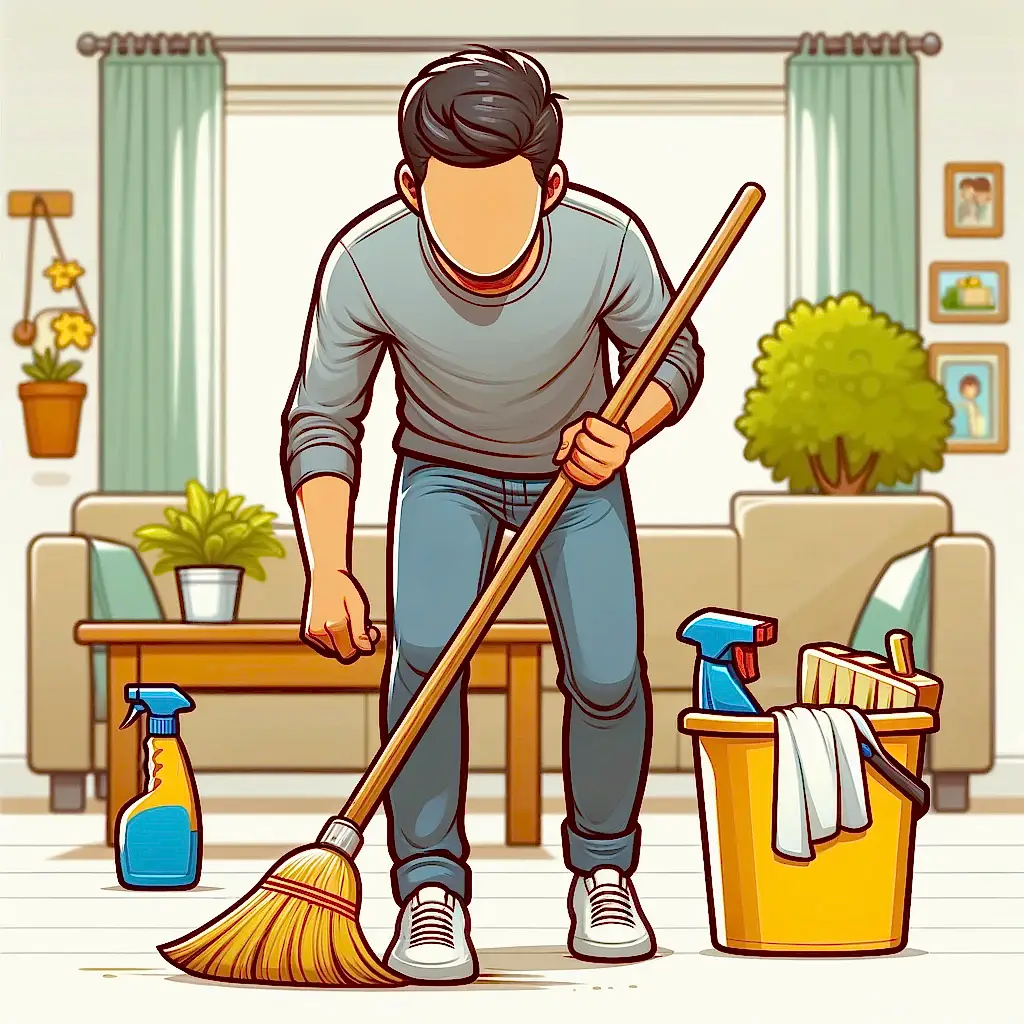Spring Cleaning Essentials: Must-Have Products for a Sparkling Home
Spring is finally here, which means it’s time for a deep cleaning session to refresh your home after the long winter. To get the best results, you need the right spring cleaning essentials that make the job easier, faster, and more effective. From dusting to disinfecting, having high-quality cleaning products ensures your home looks and feels fresh. Here are the top seven must-have products for a thorough spring cleaning routine. 1. Microfiber Cloths – The Best Dusting Essential When it comes to spring cleaning essentials, microfiber cloths are a must-have. Unlike regular cloths or paper towels, microfiber is designed to trap dust, dirt, and bacteria without spreading it around. They’re perfect for dusting furniture, wiping down countertops, and even cleaning delicate surfaces like glass and electronics. One of the best features of microfiber cloths is their versatility. Use them dry to remove dust, or dampen them slightly with water or an all-purpose cleaner to wipe away grime. They also work well on stainless steel appliances, leaving a streak-free shine. Another reason to love microfiber cloths is their reusability. They can be washed and reused multiple times, making them an eco-friendly and cost-effective option on your Spring Cleaning Essentials checklist. Keep a stack of these on hand to tackle dust and dirt all over your home. 2. All-Purpose Cleaner – A Must for Every Surface An all-purpose cleaner is a key item on any spring cleaning essentials list. It helps cut through grease, grime, and bacteria on various surfaces, including kitchen counters, bathroom sinks, and even walls. Instead of juggling multiple products, a good all-purpose cleaner simplifies your cleaning routine. Look for a multi-surface formula that’s safe for tile, wood, and laminate surfaces. Some all-purpose cleaners also have disinfecting properties, which are especially useful for high-touch areas like doorknobs, light switches, and appliance handles. For a greener alternative, opt for a non-toxic, biodegradable cleaner. These options are just as effective without harsh chemicals, making them safer for kids and pets. No matter what formula you choose, an all-purpose cleaner is one of the top Spring Cleaning Essentials products to have on hand. 3. A High-Powered Vacuum – Essential for Deep Cleaning No spring cleaning routine is complete without a powerful vacuum cleaner. Over the winter months, dust, dirt, and pet hair accumulate deep in carpets and upholstery, making a deep-cleaning vacuum an absolute necessity. Choose a vacuum with strong suction power and multiple attachments to clean beyond just floors. A HEPA-filter vacuum is ideal for trapping allergens, making it a great choice for those with allergies. Attachments like a crevice tool and an upholstery brush help you clean hard-to-reach spots, blinds, and even mattresses. Don’t forget to vacuum behind furniture, baseboards, and under the bed as part of your Spring Cleaning Essentials checklist. A good vacuum ensures your home is free from dust, allergens, and dirt, leaving it fresh and clean. 4. Scrub Brushes – Tough on Grime and Stains Certain areas of your home require more than just a wipe-down. That’s where scrub brushes come in handy. A durable scrub brush with stiff bristles is essential for tackling bathroom tiles, grout, and kitchen sinks, removing built-up dirt and soap scum. For deep-cleaning tight spaces, a smaller detail brush is perfect for areas like faucets, shower corners, and window tracks. Even stubborn stains on stovetops and bathtubs can be removed with a good scrub brush and the right cleaner. If you want to save time and effort, consider using an electric scrub brush. These battery-powered tools provide extra scrubbing power, making it easier to remove grime without exhausting your arms. Having scrub brushes in your spring cleaning kit ensures every part of your home gets a thorough clean. 5. Glass Cleaner – Streak-Free Shine for Windows and Mirrors Spring brings in more sunshine, which highlights every fingerprint and smudge on your windows and mirrors. A high-quality glass cleaner is one of the most important spring cleaning essentials for getting a streak-free shine. For the best results, use a microfiber cloth instead of paper towels, as it prevents lint and streaks. Clean both the inside and outside of your windows to remove dust, pollen, and smudges that built up over winter. Glass cleaner is also useful for shiny surfaces like glass tables, shower doors, and even stainless steel appliances. A few sprays and a quick wipe will leave your home looking spotless and refreshed. 6. Storage Bins – Declutter and Organize Spring Cleaning Essentials isn’t just about deep cleaning, it’s also about decluttering and organizing. Storage bins help you sort and store seasonal clothing, household items, and paperwork efficiently. Clear plastic bins allow you to see what’s inside, making organization easier. Using labeled bins can help streamline your home. Sort items into categories like “Winter Clothes,” “Holiday Décor,” and “Donate” to keep things in order. Stackable bins are perfect for small spaces, maximizing storage in closets, garages, and under beds. Decluttering your home during spring cleaning not only makes it feel fresher but also helps reduce stress. Having a storage system in place makes it easier to maintain a tidy home all year long. 7. Rubber Gloves – Protect Your Hands While Cleaning With all the scrubbing, disinfecting, and handling of cleaning chemicals, your hands need protection. Rubber gloves are a must-have for your Spring Cleaning Essentials checklist to prevent skin irritation and dryness caused by exposure to harsh cleaners. Gloves aren’t just for dealing with chemicals—they also protect your hands when tackling germ-prone areas like toilets, garbage bins, and pet messes. A good pair of gloves with a non-slip grip makes cleaning safer and more comfortable. Invest in durable, reusable rubber gloves to keep your hands soft and irritation-free. After all, the goal of spring cleaning is a fresh home, not dry and damaged skin! Let Toronto Shine Cleaning Handle Your Spring Cleaning! Spring cleaning can be time-consuming and exhausting, but you don’t have to do it alone! Toronto Shine Cleaning offers professional deep cleaning services to make your home sparkle. Whether you
Spring Cleaning Essentials: Must-Have Products for a Sparkling Home Read More »
